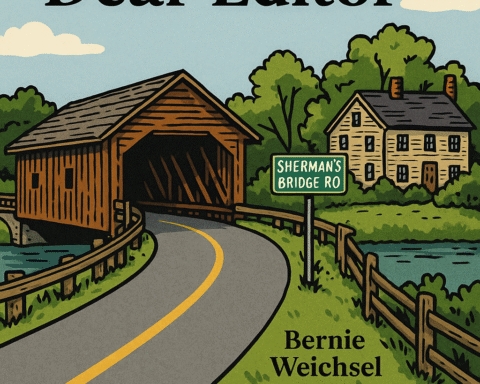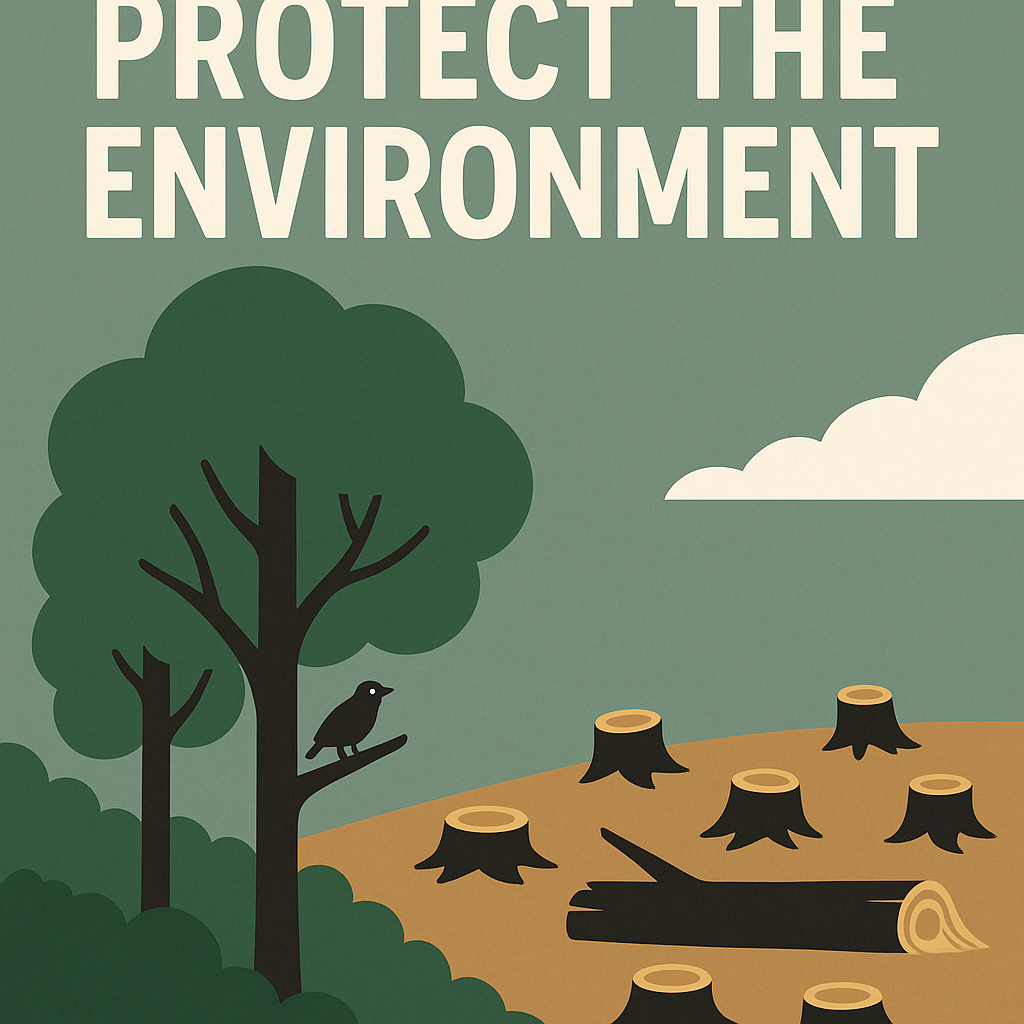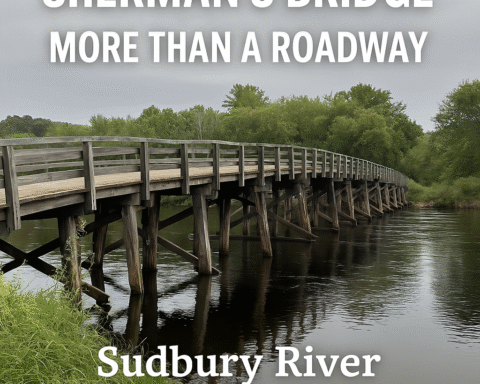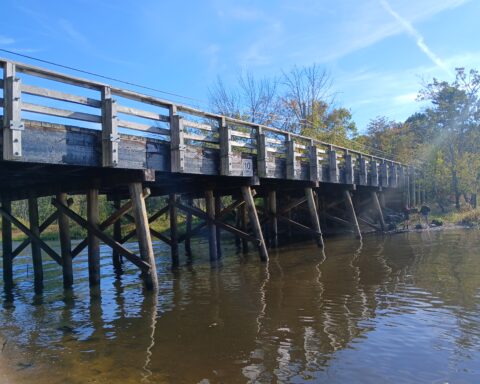by Scarlett Hoey
Waterways have always connected people, and the two watersheds that encompass Wayland connect us to the history beyond our borders. This fascination with the water dated back to the Native Americans who lived here. Blue-space and wetlands have long been an important resource for the area, as evidenced by local Native American items found along rivers, brooks, and trails in town. Near Pine Brook, a bifurcated projectile point from the Early Archaic period (approx. 8,000 years ago) was found when a local resident was planting a tree. This point is one of the oldest artifacts found in town and it can be viewed along with other Native American tools and artifacts at the Wayland Archaeology Lab.
It also inspired a young resident in the 19th century. In the early 1900s, a young girl named Mary Sears lived on Pelham Island Road. She loved exploring Heard Pond and would collect frogs, turtles, and other animals. She enjoyed marine science and earned a PhD in zoology from Radcliffe in 1933. Dr. Sears was a founding staff member and longtime scientist at Woods Hole Oceanographic Institution (WHOI). Her career included teaching at Wellesley College and, most notably, as a lead oceanographer analyzing currents for the Navy during WWII. Dr. Sears’ lifelong curiosity and interest in scientific inquiry may well have been sparked by her time exploring Wayland’s wetlands.
Today, the Charles River Watershed covers a small part of town and yet serves as a reminder of Wayland’s bigger story connecting Wayland to Boston via the aqueduct. In 1848, the Lake Cochituate pumphouse supplied Boston’s first municipal water system, a feat celebrated with major fanfare at Boston’s Frog Pond. The Sudbury-Assabet-Concord Rivers Watershed links us to the start of the American Revolution. The Concord River continues to flow under the North Bridge just as it did on April 19, 1775. When the water is high, one can paddle the scenic riverway from Wayland to Concord.
Visit the Wayland Museum & Historical Society, located at the Grout-Heard House, to see a range of objects related to environmental and water history or volunteer to identify friends in our contemporary images of ice hockey and swimming. Just as nature inspired residents in the past to collect ferns, study turtles, and celebrate the power of water, what are your fond memories of Wayland’s environment and waterways? What are your hopes for the natural environment of Wayland in the future? Email Scarlett at Director@waylandmuseum.org to share your story. For a deep dive into bridges and waterways in town, read “Crossing the Sudbury River” on our website: https://www.waylandmuseum.org/crossing-the-sudbury/ and for more information about Dr. Sears grab a copy of Catherine Musemeche’s “Lethal Tides: Mary Sears and the Marine Scientists Who Helped Win World War II”.












